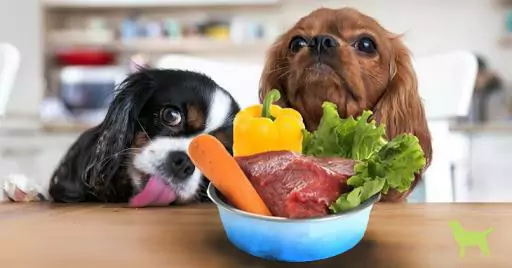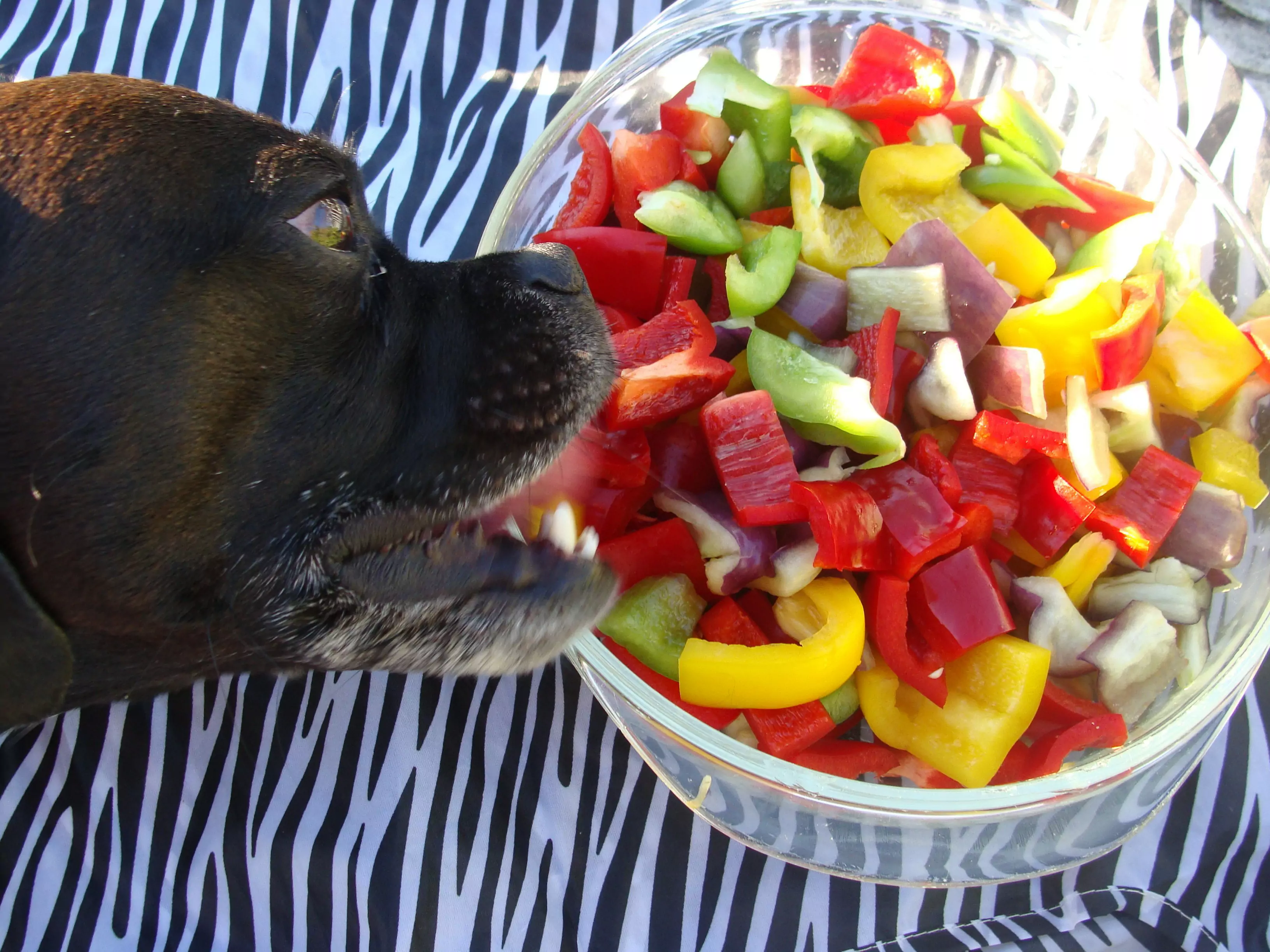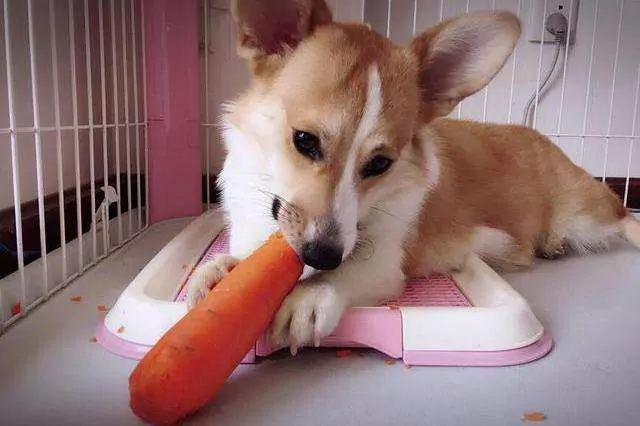Can cats eat carrots? Physical differences and carotenoids in cats
2022-07-07
Since we have cats, as long as we are responsible for them, we need to know all kinds of knowledge about their bodies as well as diseases. But I am not a professional after all, so how can I ensure the correctness of my knowledge? Simple, since I am not a professional, I just need to talk to more professionals.
So I often take the time to chat with some of my vet friends and listen to them share their knowledge and cases. You do not say, this trick is really good, one of my vet friends recently shared a case that makes people cry.
A pooper scooper brought his cat to see his friend, his cat was white, but now his whole body was covered with a yellow color, and after examination, it was found that the cat had a big problem with its heart and liver.
The friend probably had the bottom of his heart, so he asked the pooper scooper what he usually fed the cat. Sure enough, the pooper scooper replied that he had been feeding the cat a lot of carrots for some time, the purpose of which was to help the cat replenish its vitamin A.
As for asking why the pooper scooper thinks that feeding carrots to cats can replenish vitamin A, this is how he answered, "I read those nutrition books myself, and the books say that carrots contain beta-carotene, and beta-carotene can be converted into vitamin A, so I want to feed more carrots to cats."
Cats eat carrots to supplement vitamin A, but the more you eat, the more yellow your face becomes? Stop it now! Watch out for kitten heart problems
So convincing to hear, it is justified ...... ghost! My friend rubbed his forehead and solemnly told the pooper scooper: "Big brother, we have to read a full set of books in the future, you know?"
First of all, we still have to admit that this pooper scooper reads the book or has read a little bit into it. Carrots do contain a large amount of beta-carotene, and when beta-carotene enters the organism, it will indeed be converted into vitamin A. So from this point of view, eating carrots can indeed play a role in supplementing vitamins.
However, the above statement is because it also applies to a certain extent to dogs for humans, but just not for cats. Eh? Why not for cats, just can not see my little meow? Do not worry, and listen to me slowly to tell.
The cat: there is only one thing missing in my body.
I. From carotene to vitamins, how did it change?
When organisms eat carrots or other foods containing beta-carotene, the carotene is transported through the digestive tract along with lipids. Because beta-carotene has nonpolar properties, it changes from an emulsion to a celiac particle when it is transported to a certain stage.
When 尾-carotene, which has become celiac particles, enters the small intestine, it is absorbed by the small intestine along with lipids and fat-soluble vitamins. After absorption in the small intestine, beta-carotene undergoes enzymatic cleavage and non-enzymatic cleavage to produce a metabolite called vitamin A. This metabolite is then converted to vitamin A.
The above may seem rather advanced, but it has to be said because only by understanding the whole conversion process of 尾-carotene to vitamin A can we understand why cats can't do this.
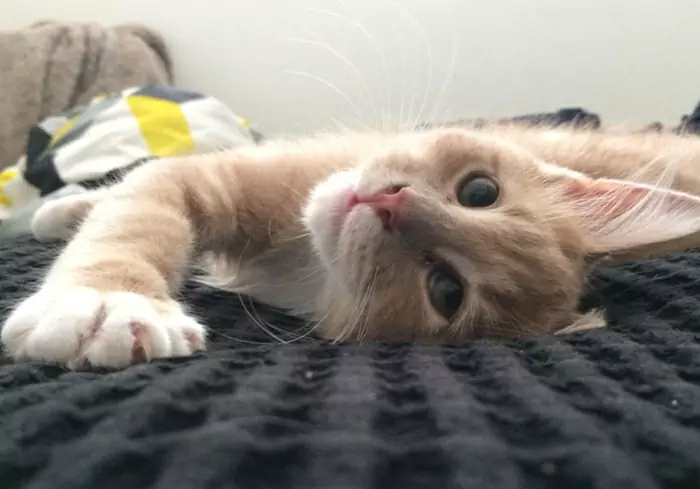
II. Physical differences and carotenoid differences in cats
After understanding the whole conversion process of 尾-carotene, it is easy to see that the most critical part of the whole conversion process lies in the process of enzymatic cleavage and non-enzymatic cleavage after absorption by the small intestine. However, this process requires some enzymes in the biological intestine to work, and even if the enzymes work, the conversion rate does not reach 100%.
Rodents or ruminants have a conversion rate of over 90%, while we humans have about 8%, and dogs have a very low conversion rate of 2%. What about our protagonist today, the cat? Unfortunately, the conversion rate of cats is 0!
It can't be helped that cats, compared to dogs or other creatures, are missing key enzymes inside their intestines. This results in cats being completely unable to convert beta-carotene into vitamin A. If you eat a lot of carotenes, the result is a backlog of all the carotene in your body.
Another key point is that not all beta-carotene can be converted into vitamin A. Some that can be converted we call vitamin A pro- and those that cannot are called non-vitamin A pro-. So even creatures with a low conversion rate like humans and dogs cannot consume large amounts of beta-carotene, let alone creatures with a zero conversion rate like cats.
Cats: What happens to me if I eat too much?
1. Become a "yellow giant".
As mentioned earlier, not all beta-carotene can be converted into vitamin A. Those that are not will accumulate in the body, causing the carotenoid level in the blood to increase. As the blood circulates, the yellow pigment is deposited inside the skin and subcutaneous tissues, and thus yellow staining of the skin can occur.
Remember the case mentioned above? The cat brought by the pooper scooper was white, but its skin was yellow, which is the consequence of pigmentation.
2. Increase organ burden.
If beta-carotene is not transformed, it will accumulate in the liver and, to a lesser extent, in the adipose tissue, adrenal glands, and skin as the body circulates. If more and more beta-carotene is accumulated, the most direct result will be to increase the burden on the liver and affect the normal functioning of the liver.
The above situation exists during the growth and development of cats and other creatures. If cats reach sexual maturity, beta-carotene will gradually be transferred to the reproductive organs, thus affecting reproduction and hormone function.
According to some information and literature, the increase of beta-carotene can also affect the heart function of cats to some extent, which can increase the probability of heart attack.
Finally, the intake of large doses of beta-carotene can also increase the probability of cancer in cats. According to studies conducted some years ago, some cats have developed lung cancer and the high intake of carotenoids has a certain relationship.
Fortunately, the dose of carotenoids consumed by the cat was not too large and the cat was in remission after timely treatment by the doctor.
But such examples are also warning us pooper scoopers that when we see some new knowledge, we should not rush to use it on our cats first. Instead, we should carefully look up the information and judge the authenticity, and never use our cats to harm them in the confusion.
It is not recommended to feed raw carrots to cats because cats themselves have weak digestion of plants, and raw carrots can irritate their intestines, which can cause diarrhea, bloating, and vomiting. Generally speaking, carrots contain a large amount of vitamins A and B, as well as rich carotenoids, and these nutrients can be better absorbed by cats after cooking, so when owners feed their cats carrots, it is best to cut them into small pieces and steam or boil them and feed them with meat or cat food.
However, owners should note that even if cats like to eat carrots again, it is best not to feed them in large quantities because cats' intestines are more capable of digesting meat and a large amount of plant fiber can aggravate gastrointestinal discomfort, thus inducing problems such as indigestion and diarrhea. To give cats vitamins, in addition to carrots, you can also feed cabbage, pumpkin, cabbage, etc. However, it should be noted that not all vegetables can be fed to cats, for example, onions can induce hemolytic disease in cats, and owners need to pay extra attention.
#
Carotene
#vitamin A
#conversion rate
#feeding cats
#biology
#small intestine
#the whole conversion process
#enzymes
#this excrement shovel officer
Previous:Do cats burp? Causes of cat hiccups
Was this article helpful to you?
Other links in this article
Comments
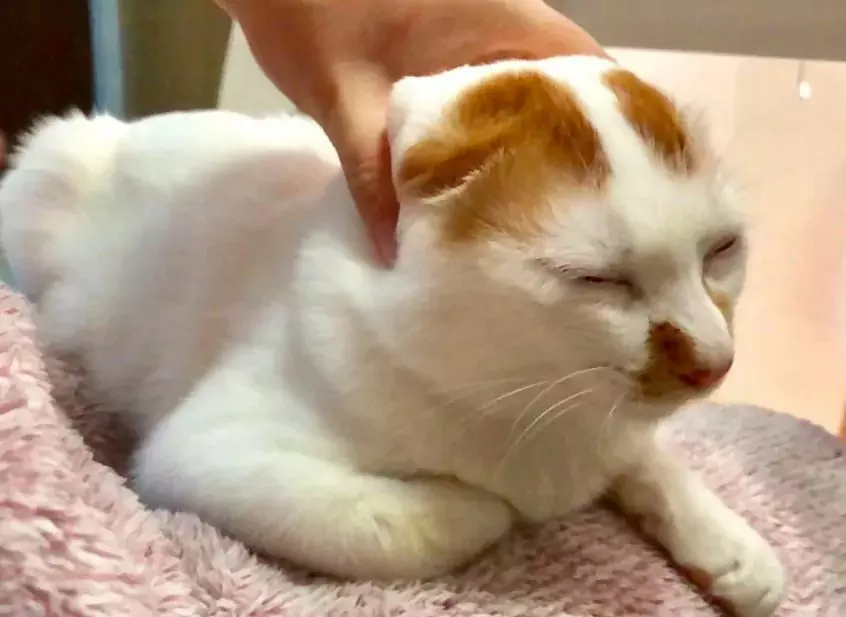
Why do cats sleep so much? How long do cats sleep in a day? Cats' sleep cycles, sleep habits, and dreaming
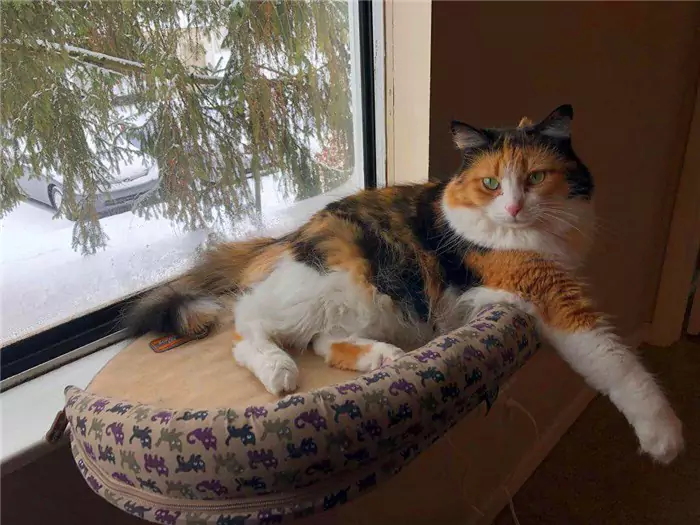
Why is my cat losing its hair?
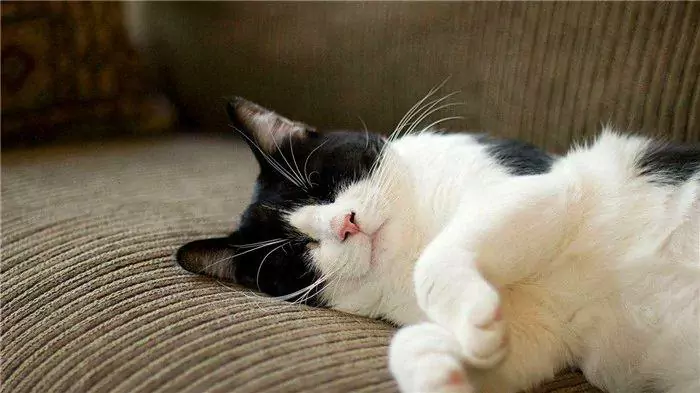
Why do cats purr?
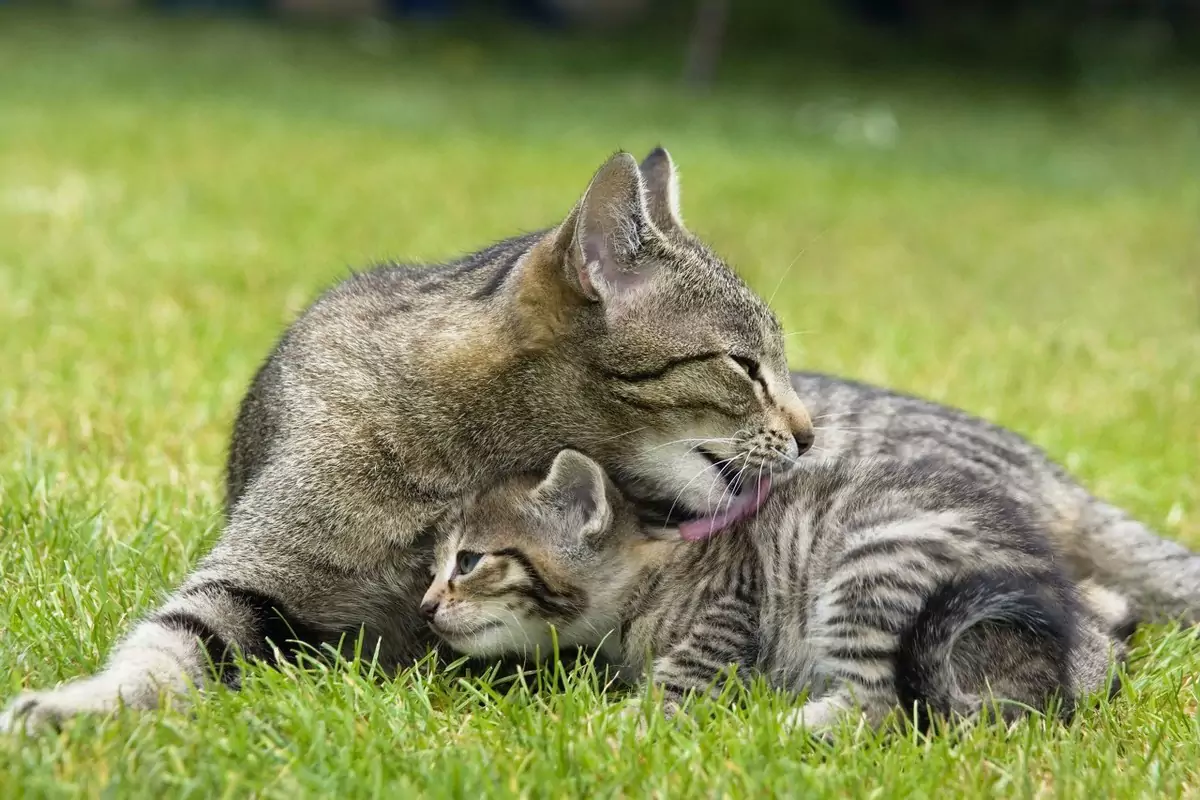
Why do cats groom each other?
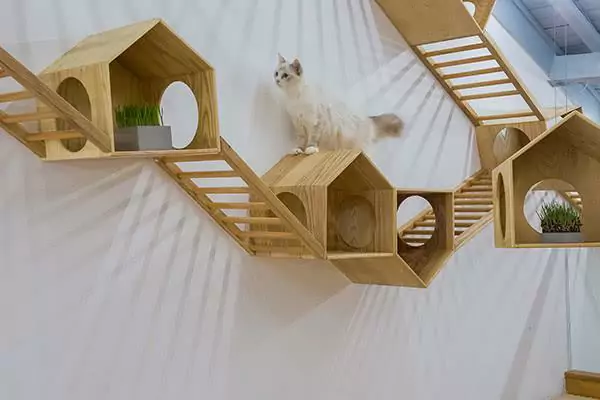
How long do cats live indoors? Do cats get lonely?
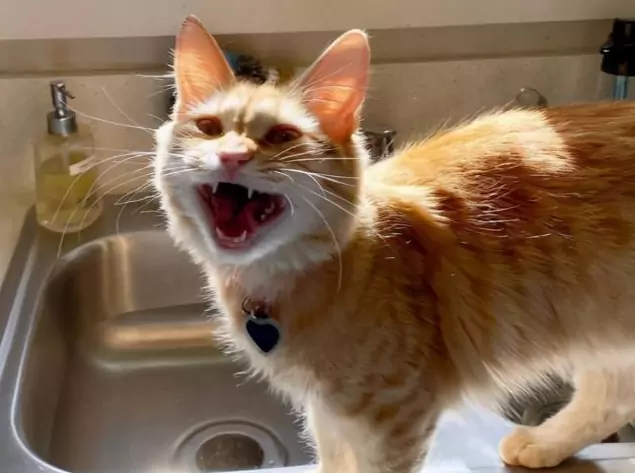
Why do cats make hissing noises? The origin of the hissing sound of cats
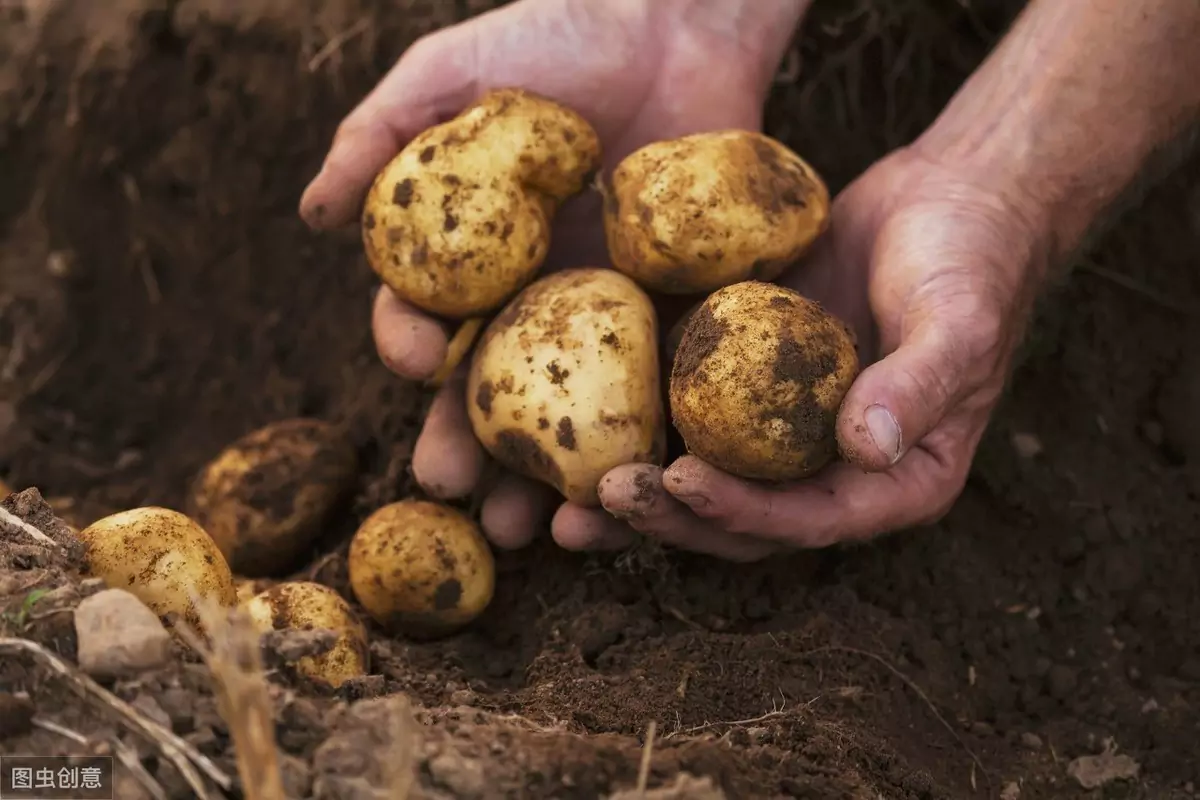
Are potatoes toxic to cats? What causes the onset of potato sprout poisoning in cats?
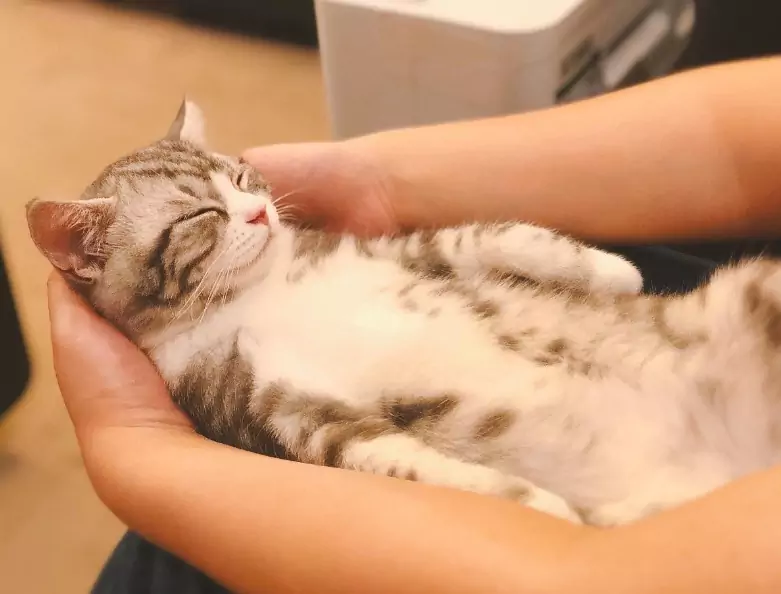
Why does my cat sleep on top of me? Reasons why cats like to sleep next to their owners
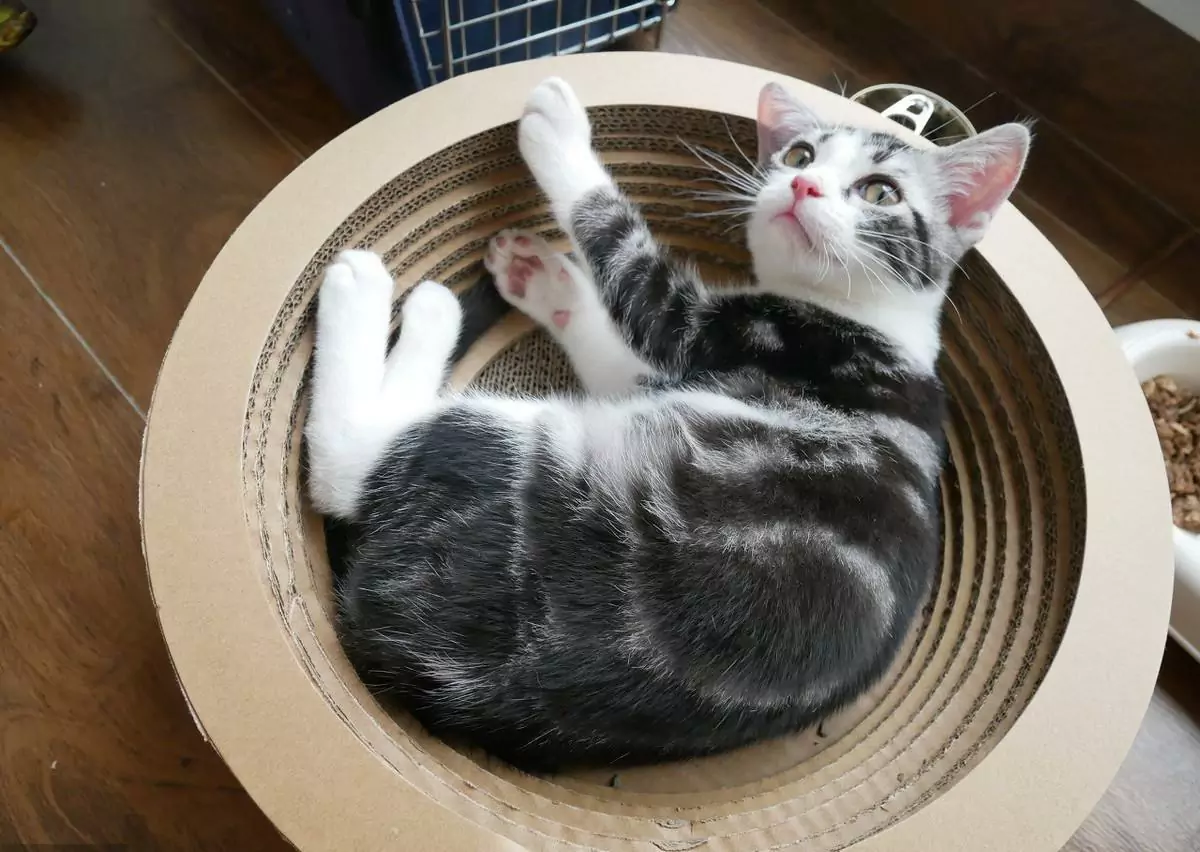
How do make cats like you? How to get cats to like us is quite simple
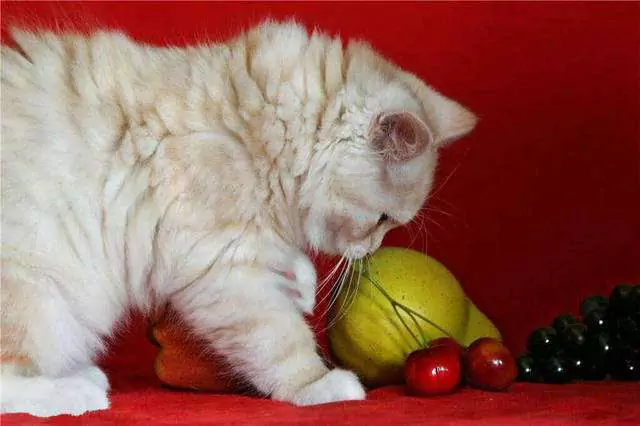
Can cats eat grapes? Why can't cats eat grapes?





